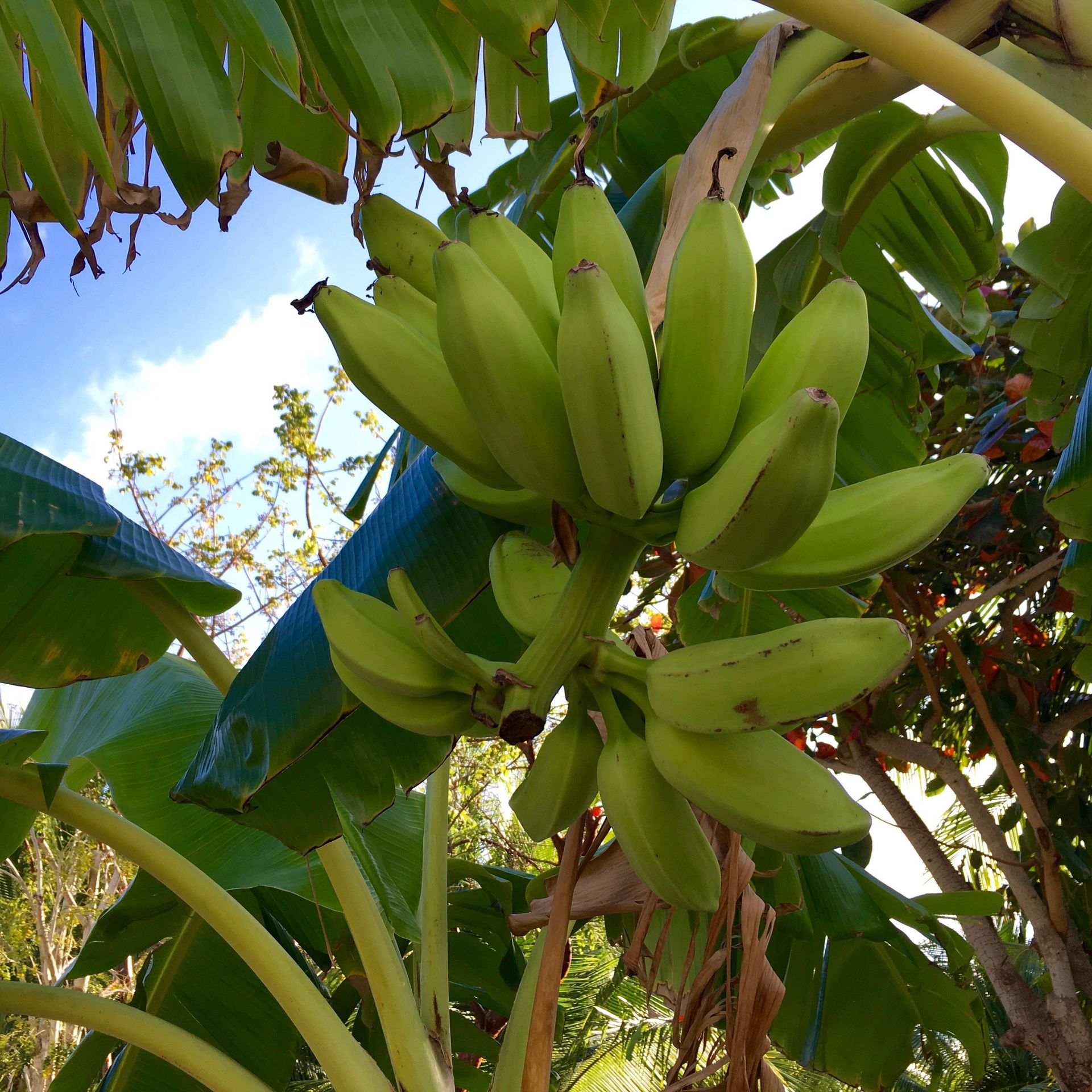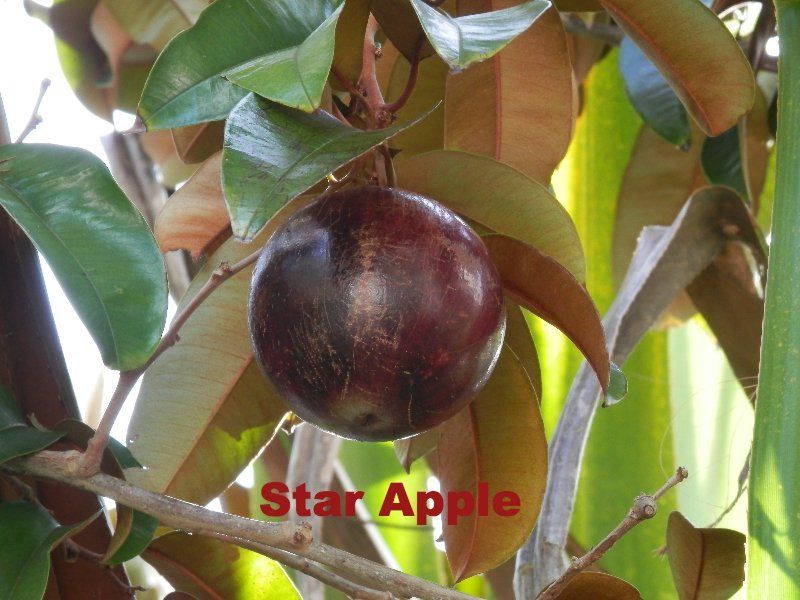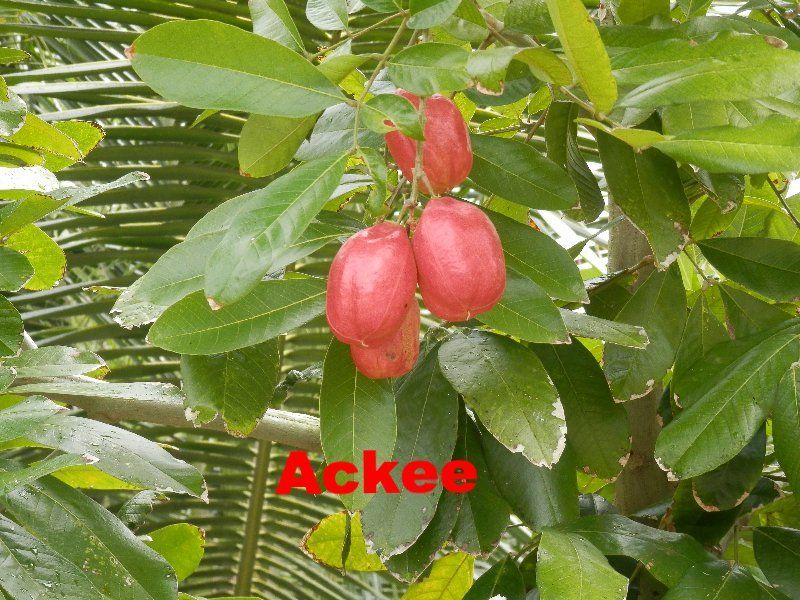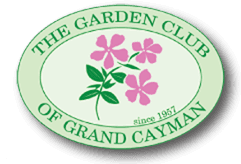Gardening Info & Tips
GARDENING ADVICE
The Edible Garden
THE EDIBLE GARDEN – PART 1
(Fruit Trees in the Landscape)
When planting a shade tree, or adding some vertical interest to the landscape, why not get the added benefit of fresh fruit? Whether your lot is large or small, there are fruit trees that can add a tasty interest to your garden.
Mango varieties are abundant and readily available, with early, midseason and late varieties in a large range of sizes, shapes and flavors. But so much information is available on the wonderful mango that rather than repeat it here, we’ll simply refer you to the internet and remind you that mango trees are semi-deciduous so you’ll realize that some leaf clean up will be required.
Another popular fruit to grow is the banana. While technically an herbaceous plant or ‘herb’, it is often viewed as a tree and the tall, large, deep green leaves of the banana make it a beautiful addition to the tropical landscape. Whether you choose apple bananas, plantains, or any of the many other varieties, they are easy to grow but require a good supply of water to produce a reliable crop. Plantings should be kept trimmed to ‘mother, daughter and grandmother’ to ensure continuous fruiting. Bananas don’t take up a lot of space and can fit easily into a small yard.

Smaller areas can also support Carambola, or star fruit trees as they are more erect and not spreading. When selecting this tree, be sure to select a cultivar that has an orange fruit as it is sweeter than the yellow variety and delicious on its own.
A little more area is required for the star apple tree, a medium sized spreading tree that is in a word ‘beautiful’. With its deep green leaves with bronze reverse and deep purple fruit, this tree is truly striking. A green fruited variety is also available. Although the fruit is round, when cut horizontally, the star pattern appears. This fruit which ripens in February, has a milky outer layer just under the skin, so when scooping out the sweet meat, it's best to leave the outer eighth inch to best appreciate the flavor.

Citrus options are plentiful, including limes of several varieties, lemons, pomelo, civil oranges, grapefruit, etc. These vary in variety and size, with many dwarf trees available. A favorite we’ve found is the Mandarin lemon from Costa Rica which grows to about 25 feet here and produces large crops. And a note of caution about oranges: many varieties require a cool period to ‘sweeten up’ the fruit and are not suited for Grand Cayman.
Cherry trees are also an option in the landscape with the West Indian cherry and the Surinam cherry both available. Both are small trees that can also be groomed as hedges.
Another small tree that can be tucked into a border or other planting is the guava. Red, pink and white varieties are available, all of which are delicious. The local wild guava is another option, being fairly compact. It has a smaller yellow fruit with a very sweet flavor, but is also very seedy.
A larger tree, similar in size to a medium to large size mango, is the Longan. Its smaller fruit is similar to the Lychee in texture and flavor, but unlike its cousin, it grows and produces abundantly here. The wood of the Longan is also very hard and is used for furniture in some parts of the world. Like the mango, the Longan is also semi-deciduous but the leaves are smaller and less of a nuisance.
For the smaller yard, don’t forget the papaya as they can just be tucked into a planting much like the banana can. There are many hybrid varieties available that take up little space and yield large juicy red fruit. The newer varieties are hermaphroditic so a second tree is not required for pollination.
If you have the room, consider one of the sops. The sweet sop is the smallest as far as tree size, and both white and purple fruit options are available. The sweet custard-like fruit is great for breakfast or dessert and the trees are high yielding. But you may have to wrap the fruit as it ripens as the bananaquits love this fruit too. The sour sop is a somewhat larger tree, also producing a delicious fruit that is somewhat tangy and can be eaten fresh or made into a delicious juice that freezes well. And then there’s the larger custard apple tree producing large, sweet, custard-like fruit, but with seeds like the rest of the sops. The Red Heart variety is pink inside and has a slight strawberry flavor.
Another smaller option is the pomegranate. This is a small tree or bush with fine leaves that give it a lacy look that can be neatly tucked into a border planting. Hybrids are available, but don’t overlook the bushy local variety with many smaller fruits that are pink inside.
For a large spreading shade tree, how about a breadfruit? While we use breadfruit for chips and other potato substitutes, it is a fruit. Who doesn’t remember the old Almond Tree restaurant on Seven Mile with its outside dining area shaded by breadfruit trees? The nostalgia adds to the enjoyment of breadfruit even now. The Naseberry is also a fairly large spreading tree that can provide shade as well as fruit. The smaller, local variety, as well as the hybrids, can be very sweet.
Another quasi-fruit tree is the Ackee, a compact tree so attractive with its red fruit capsule that you’ll want to grow it even if you don’t like the taste and wind up giving the produce away.

Back to the small yard, a fig tree can be tucked in almost anywhere. The Brown Turkey variety is available locally and produces lots of delicious figs that should be picked when the color changes and allowed to finish ripening for a day inside.
We left out the plums! Actually that was on purpose, because there are several to choose from and they’re all good, but they are generally large sprawling dominant trees that just say nursery instead of landscape. But if you have a nursery area in addition to your beautifully landscaped areas, by all means add a plum or two. We like the hybrid jujube, the duhat, or Java plum which is very tall, and the local red or yellow plum, but remember these are all big trees.
Tips for planting fruit (and other) trees
By Rob Bennett
In view of the fact that our climate is getting hotter and drier, fruit trees are a good choice as they are generally very heat and drought tolerant once established (one to two years depending on ground conditions).
For banana plants, try to run the A/C water discharge to them. This works well for breadfruit trees also.
For all trees and lawn and garden too, wash your car nearby, providing you’re not using toxic cleaning agents.
- Planting Tip One: If the ground is hard (limestone rock, or compacted marl fill), ensure that the hole is very large (wide and deep). MIX the dug up rock/marl material with top soil. If you fill the hole with plain top soil then it’s as if you’re simply planting in a pot.
- Planting Tip Two: Use a proper ‘planting’ (starter) fertilizer.
- Planting Tip Three: Grade the ground surface to create a shallow saucer around the base of the tree (saucer must extend out beyond the original root ball of the plant). Water collects in this large diameter saucer and soaks not only the root ball but also the surrounding ground encouraging roots to grow outwards. If using drip irrigation (soaker hose or drip emitter-type) set it out at the edge of the root ball for the same reason mentioned above.
- Watering Tip One: Ensure that the root ball is soaked at depth by saturating the ground. Initially this won’t take too long, but as new root growth develops it’s better to water heavily once or twice a week than it is to give your plant a quickie wetting every day or two.
- Watering Tip Two:
Mother Nature provides rain, but remember that a heavy passing shower may not be a ‘soaking rain’.
If in doubt as to whether you need to water, dig below the surface and check how far down the soil is wet.
And a Word from Joanne .......
You can use diapers to help retain moisture in the ground as well as in a pot. Watch the video below, “Diapers Help Your Plants Grow”
Q & A
Potted Palms root rot
I have two palms – one potted, one in the ground. The potted one is a Fiji palm that I’ve had for about two years. Suddenly three very green healthy fronds flopped down as if dead – but still are green. The other is a fox palm. I planted two last year in the ground. Both seemed fine but I suddenly noticed the spear in one was soggy and bent (the other is fine. They are side by side). I think that both sick palms might be suffering from rot with all the rain we’ve had recently. Is there any hope to save them?
Answer:
It does sound like both palms have become over saturated. Is the soil in the pot of the Fiji palm a loose draining mix and are the drainage holes of the pot open? When initially planting the fox tail palms, did you make sure that the holes were large enough and backfilled with a loose draining mix? Is the area prone to becoming saturated? It may be too late to save either palm, but try letting them dry out. If you lose the center spike, then the palm is doomed.
Do you Have a Question?
Thank you for contacting us.
We will get back to you as soon as possible
We will get back to you as soon as possible
Oops, there was an error sending your message.
Please try again later
Please try again later
